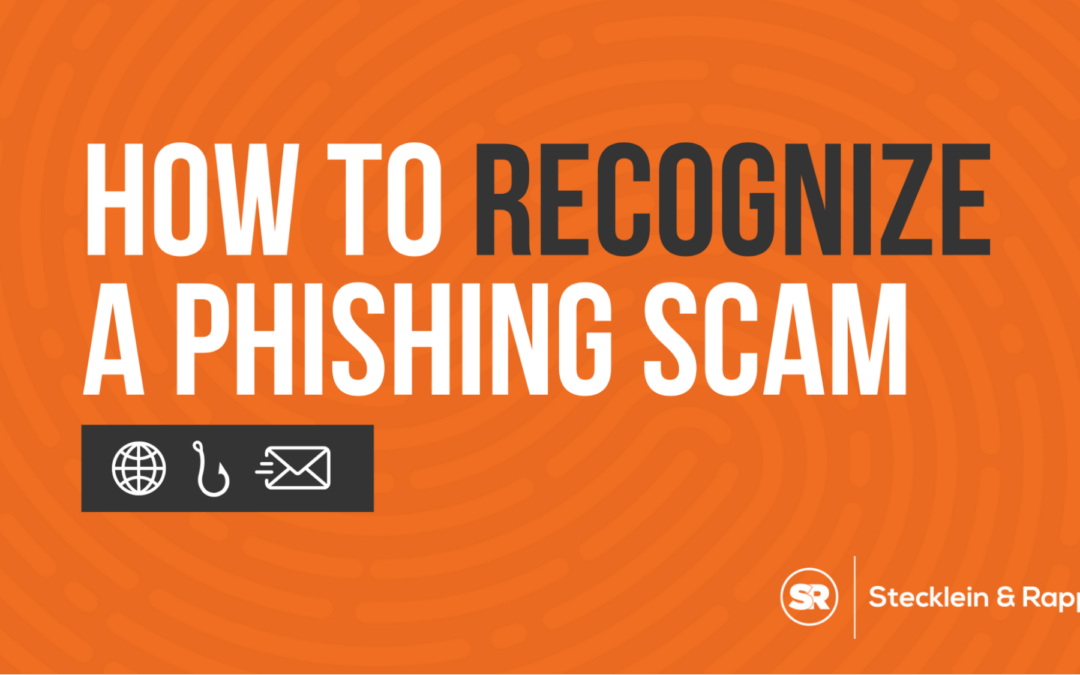One of the most common ways that identity thieves are able to snag your information is by phishing emails and text messages. Over the years, scam emails and text messages have become much more realistic and hard to spot, and this causes hundreds of thousands of people to give away information such as their name, address, social security number, and even credit card information to scammers. Giving away precious information such as that will only lead to negative consequences and a long list of issues down the road.
It’s time to learn how to spot a phishing scam and know the proper steps to avoid getting affected.
How to Spot a Phishing Scam
More often than not, a phishing scam will disguise itself as a trustworthy company such as Netflix, Amazon, or an insurance organization in order to get people to click on their emails and open their texts. These messages might claim that they spotted suspicious activity on your account, say there has been a problem with your account, that multiple login attempts were reported, say they need financial information from you, or say that you are eligible for a refund or coupon. In all of these cases, it’s a lie. It’s a hook to get you to open the message and trust them.
Emails might look real because there is a logo in the header, but true companies will not use a generic greeting, claim that your account is on hold for some reason or another, or invite you to click a link to update payment information. All of these things can lead to the idea that it is a fake email. Real companies will have an official header and letterhead and will never email or text about payment updates.
How to Protect Yourself From Phishing Scams
One of the first ways to protect yourself from phishing schemes is to not give your personal information out to contacts who probably don’t need it. Emails and full names can cause just as much damage as full social security numbers when put in the wrong hands. Then, your email provider likely has a spam filter on your account where sketchy emails will be pulled to. However, scammers are continuously trying to get better than spam filters, so it is still good to be cautious.
Setting up security software on your computer can be a great way to stop possible threats to your computer in the case that a link is accidentally clicked or some type of malware gets through, even if you are being extremely cautious. That being said, do not click on any links in emails that you can not be 100% sure are from a trusted source. Those links will not lead to what they claim and will only wreak havoc on your computer and steal your information. Then this should be a given in this day and age, but ensure you are using multi-factor identification on your accounts. Whether that be bank accounts, email accounts, or other platforms, a multi-factor identification can provide an extra wall of defense and security. However, when you do have this set up, be cautious of strange texts that say you have to put in the second step of the identification process when you haven’t even started the first step.
Did You Already Reply to One? Here’s What You Do
If you have clicked a link provided in a phishing email, it’s not the end of the world. If you are able to act fast and update your computer’s security software while running a scan to get rid of any harmful viruses, you might get ahead of anything phishy.
However, if you believe that your information was already stolen, it is wise to take the proper steps of reporting it to identitytheft.gov and going through the process of reporting identity theft and calling the companies who hold your affected accounts.
How to Report a Phishing Attack
There are three ways that you can report a phishing attack.
If it was an email, forward the phishing email to the Anti-Phishing Working Group at reportphishing@apwg.org.
If it was a text message, forward it to SPAM (7726).
Then, you can report the overall phishing attempt to ReportFraud.ftc.gov.
Phishing has become far too common these days. Don’t be the next victim. If you have questions or have been affected, contact the team at Stecklein & Rapp.

